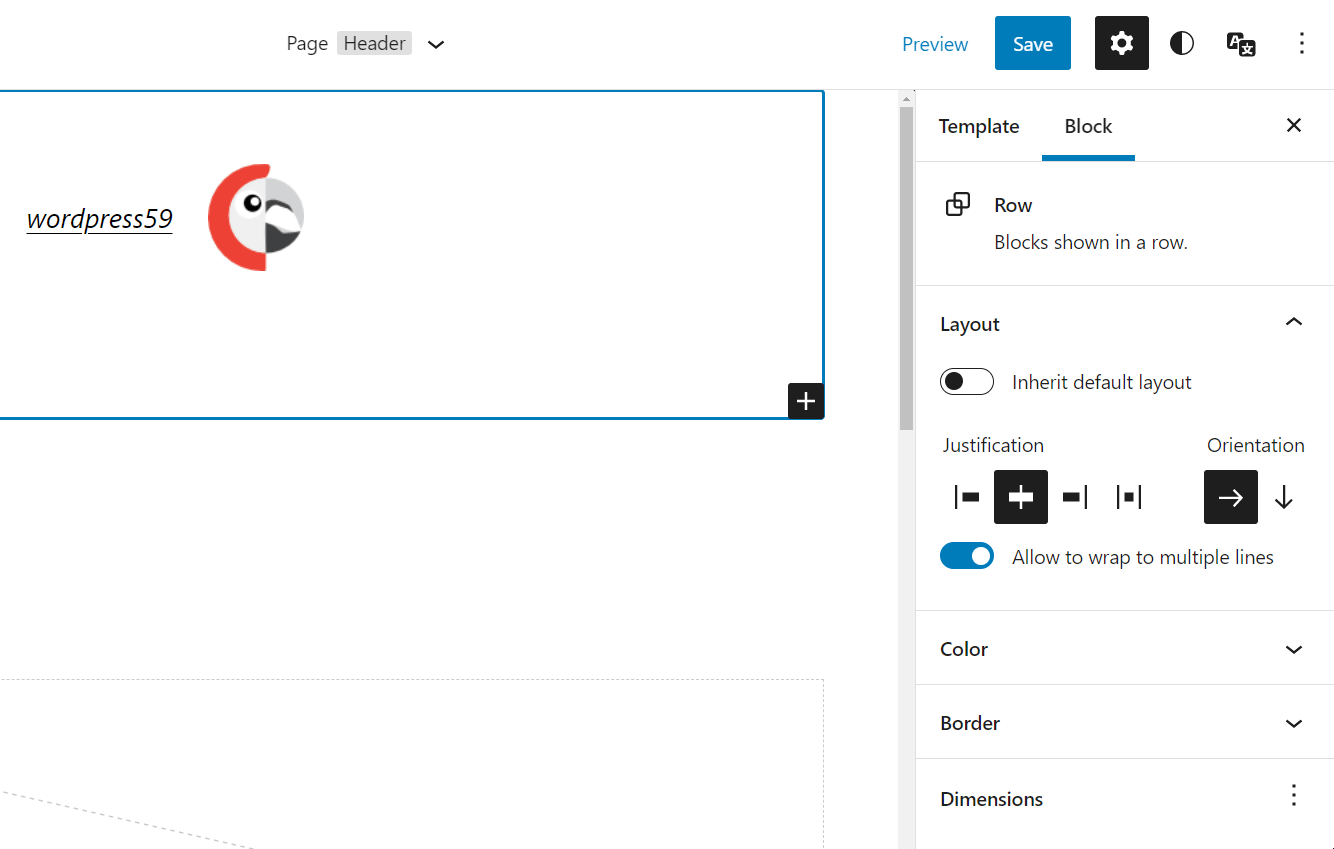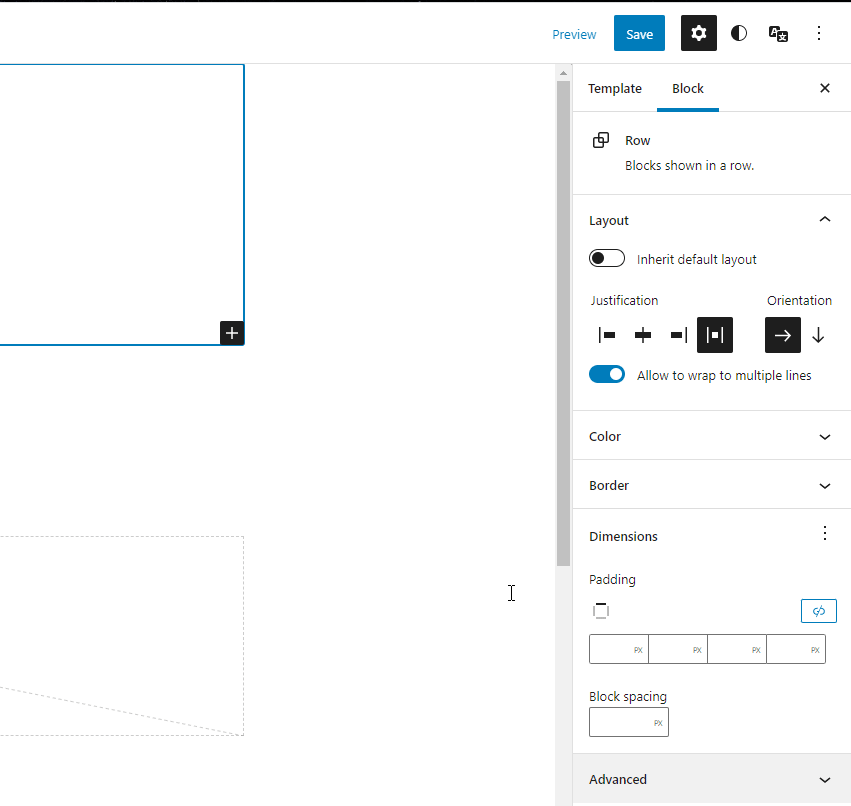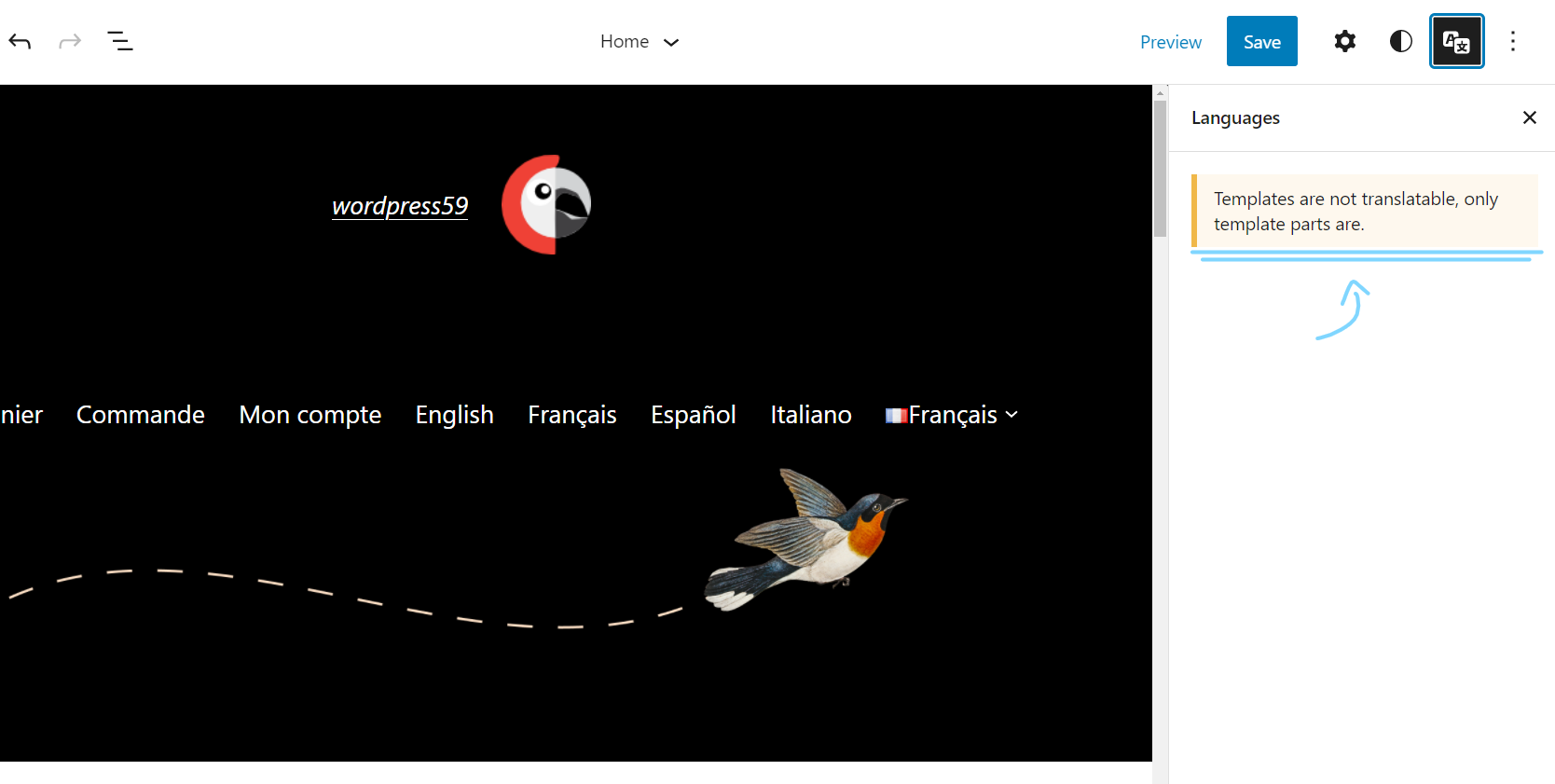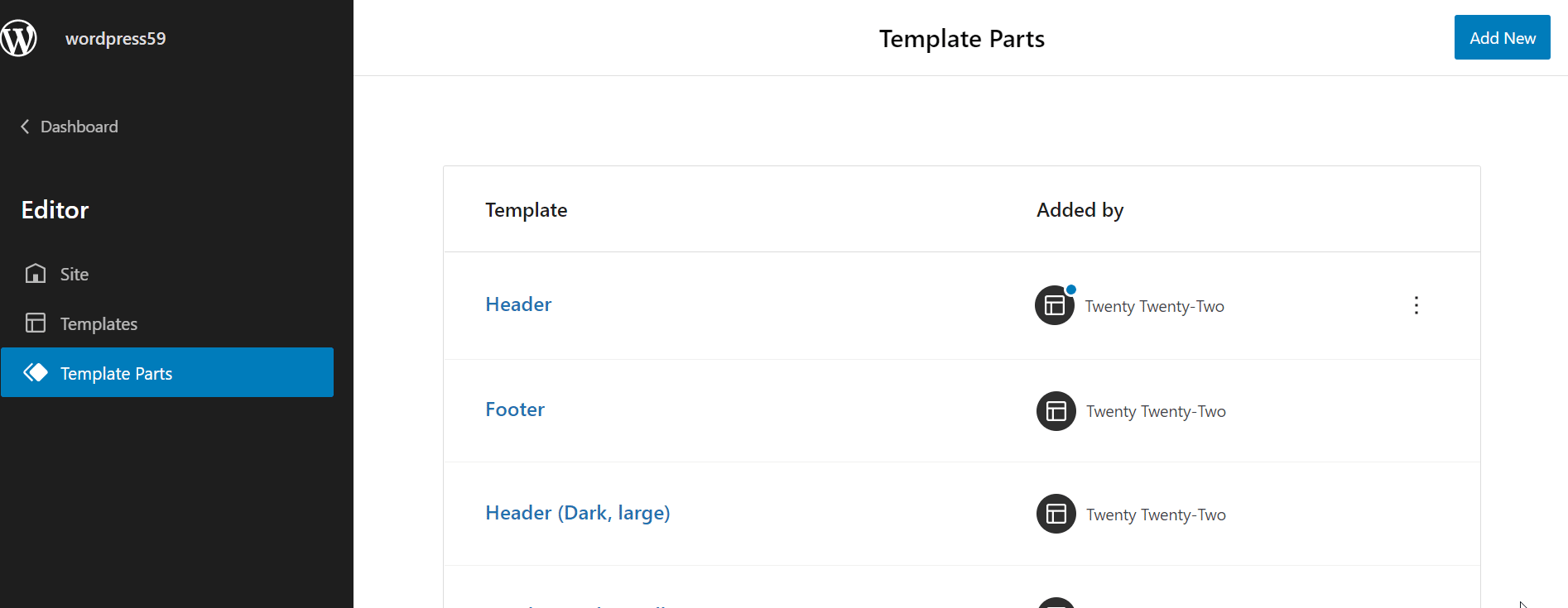Polylang 3.2 is here!
What’s new?
– The minimum WordPress version required is now 5.6.
– Compatibility with the Full Site Editing (available with Polylang Pro 3.2).
– Language switcher added in the navigation block (available with Polylang Pro 3.2).
– Work started on the transition towards PHP 8.1.
What changes for you as a user?
Most of our work for this release has been around being compatible with WordPress 5.9, meaning the Full Site Editing!
But first, in the previous releases, we had made the language switcher available as a block in the new block editor.
Well, as promised, it is now also available as a block in the navigation block with Polylang Pro 3.2.
At the moment you will have to fiddle around a little and first add the navigation block with at least one of the blocks available by default in the list to then be able to add the language switcher. We are currently speaking with Gutenberg’s team to make sure that it is available straight away.
Best way to go about it is to simply create a link that you can convert to the language switcher. As shown in the gif below:

If you had already started to work with the Gutenberg’s feature “The Block Editor”, you already were acquainted with the Language switcher as a block, below a gif as a reminder:

With the Full Site Editing making its entry in the Twenty-Twenty-Two WordPress theme we had to get cracking with the compatibility. It is now available but bear in mind the FSE is still in beta version and consequently the compatibility we developed is as well. We remain dependent on it and might have to adapt to certain features along the line.
In the development process we had to make a technical decision on whether we would allow to translate the templates or the template parts. We decided to focus on the latter and keep the template list untouched while allowing to translate its content.

Template parts can be translated or not. If you chose not to translate a template part, upon creation, it will be assigned the default language (the one with the star in the Languages menu => Languages table) and will be used for all languages.
In terms of design, for those of you who are already users of Polylang it should feel familiar. If you have not yet used Polylang, the compatibility should be self-explanatory. Once the first template part created, the Polylang metabox becomes available as shown in the gif below.

For more details and explanations on this new feature/compatibility, keep an eye out for our documentation on Polylang Pro within the Full Site Editing.
You can check out our full release note and bugfixes here. You can test the beta version of the compatibility with the FSE in Polylang 3.2 as of today, together with WordPress 5.9.2. Polylang Pro 3.2 can be downloaded from your account. The beta version of Polylang 3.2 is available on wordpress.org. Please test it and report bugs on GitHub.
WordPress 5.9 is already available and to be able to test the beta version of the FSE you will need, Twenty-Twenty-Two (or any other compatible theme) and Polylang Pro 3.2. To this end, we would like to, exceptionally, recommend you to only switch to the FSE once Polylang Pro 3.2 is available and installed on your site.
And of course we will keep you posted as soon as we have any news to share with you.
Happy Full Site Editing!
 Polylang
Polylang